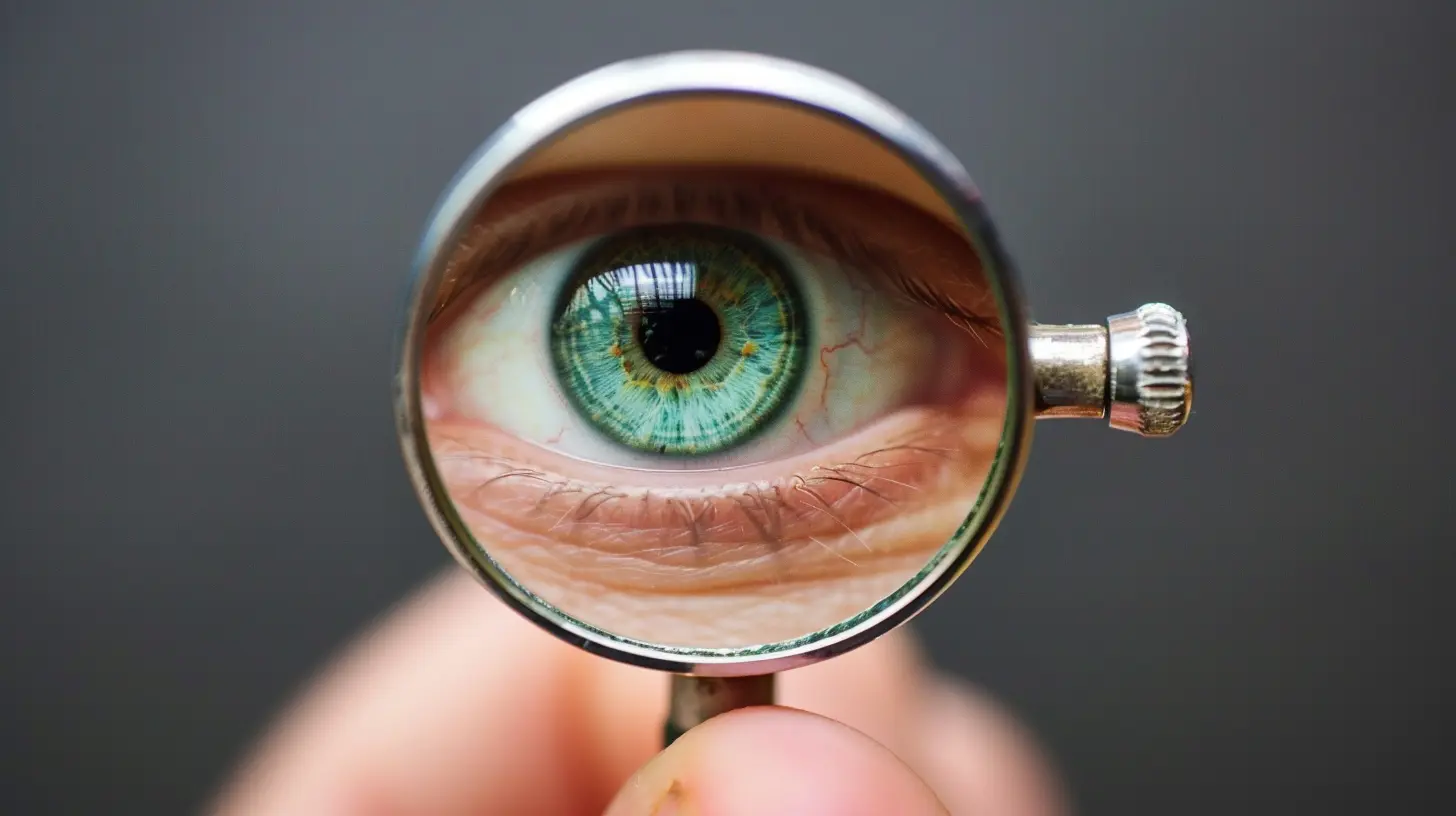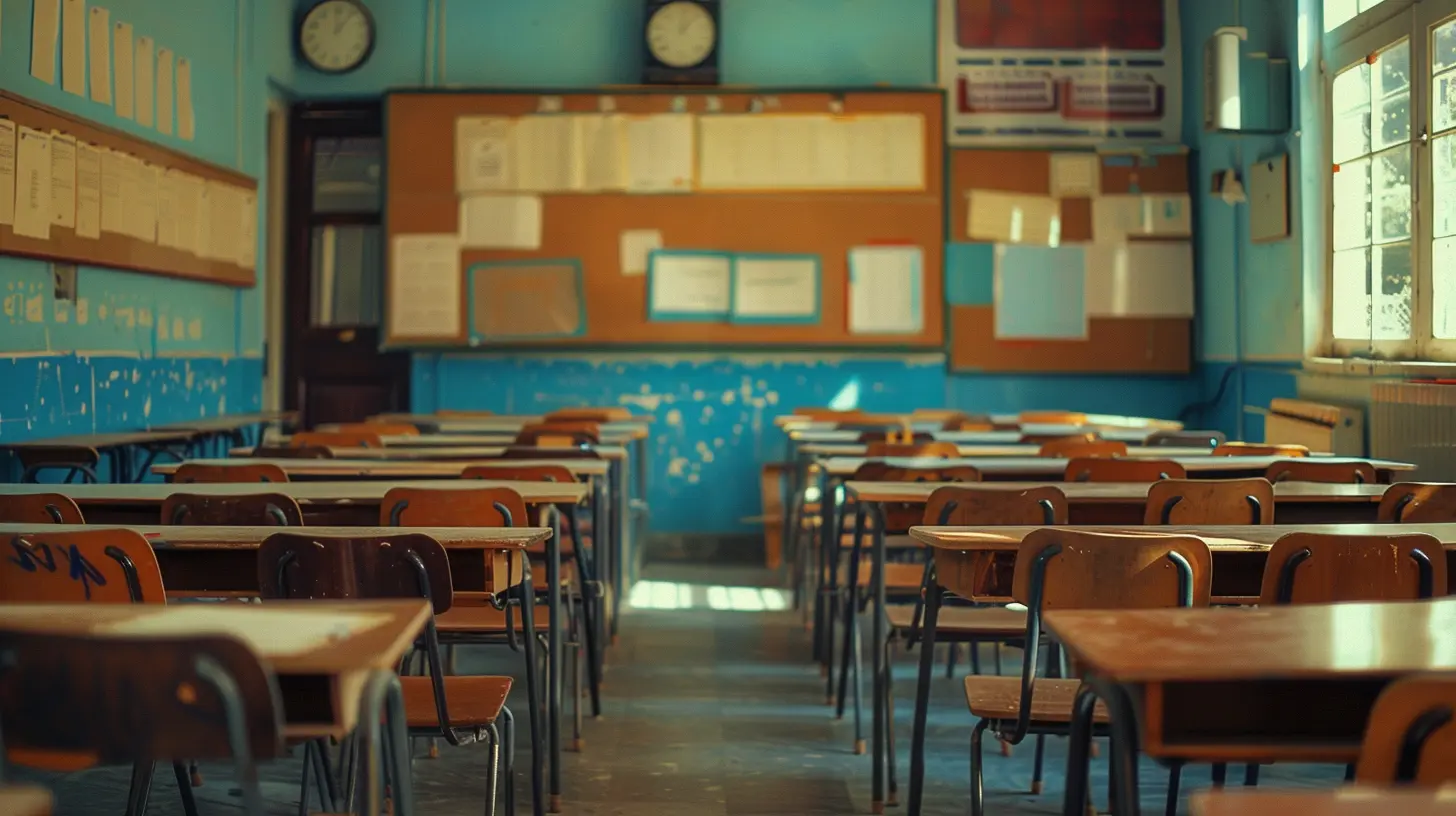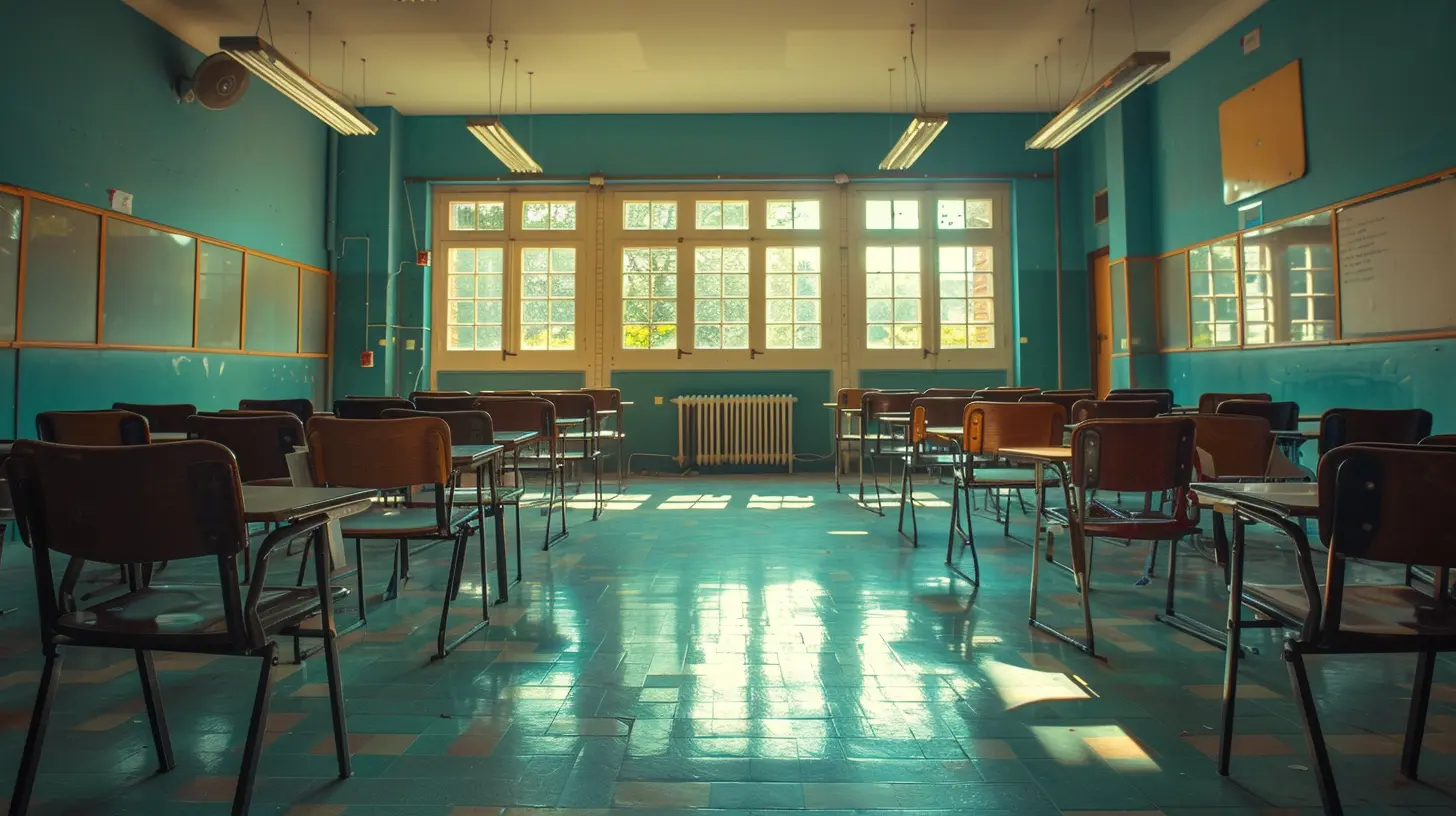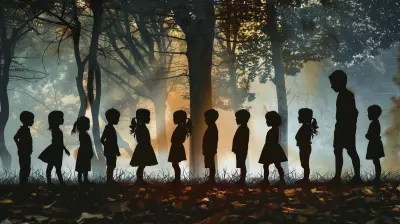The Importance of Classroom Observation in Teacher Development
13 July 2025
Want to know one of the most powerful tools for improving teaching? It doesn’t come wrapped in fancy tech or a flashy app. Nope. It’s something much simpler and more human—classroom observation.
Yup, that’s right. Just watching teachers teach and students learn. Sounds basic, right? But it’s actually one of the most insightful and transformative processes in education—when done right. So, if you’re a teacher, a school leader, or even someone curious about what makes teaching better, stick around. Let’s unpack the magic of classroom observation and how it shapes teacher development.
What Is Classroom Observation, Anyway?
Before we get ahead of ourselves, let’s start with the basics.Classroom observation is when someone—usually a peer teacher, mentor, administrator, or coach—sits in on a class to watch how teaching and learning happen. They take notes, reflect on what they see, and often give feedback afterward. This isn’t about playing “gotcha” or judging someone’s every move. It’s about professional growth. 🌱
Think of it like watching a replay of a sports game—you’re not there to criticize, but to learn what went well and what could go better.
Why Classroom Observation Matters in Teacher Development
Now, here’s the meat of it. Why is classroom observation such a big deal for professional development? Let’s break it down.1. It Offers Real-Time, Contextual Feedback
There’s nothing quite like seeing a teacher in action. The classroom is a complex place—so many decisions are made within milliseconds. Observation helps highlight what’s working in real-time and where improvements could be made.Instead of guessing or relying on theoretical knowledge, teachers get feedback that’s rooted in their actual practice. Not in a vacuum, but in a living, breathing classroom with their students.
2. It Promotes Self-Reflection
Ever heard a recording of your own voice? It’s weird—but eye-opening. The same happens with classroom observation. When a teacher watches a video of their own class or hears comments from another observer, it sparks self-reflection.“Oh wow, I didn’t realize I talked that much during group work,” or “I actually answered that student’s question kind of vaguely.”
That kind of insight? Priceless.
3. It Encourages a Growth Mindset
Teaching is never “done.” There’s always something new to learn or improve. Classroom observation helps reinforce that mindset. It tells teachers, “You’re not expected to be perfect, but to keep growing.”With regular, constructive observation, the idea of feedback doesn’t feel like criticism—it feels like support. Like a coach helping an athlete sharpen their game.
4. It Builds a Collaborative Culture
When teachers observe each other—and not just get observed—a magical shift happens. Walls come down. Best practices get shared. Conversations about instruction go deeper than surface-level chats.It becomes less about “my class” or “your method” and more about “How can we all get better together?” It turns schools into professional learning communities rather than isolated silos.
5. It Aligns Practice to Standards and Goals
Let’s be honest—sometimes educational standards or school-wide goals feel abstract. But when an observer connects their feedback to those benchmarks, it brings clarity.For example, if a school is working on improving student engagement, classroom observations can specifically focus on that. What strategies helped? What didn’t? Are students really engaged, or just compliant?
This helps make big-picture goals actionable in the day-to-day.
Different Types of Classroom Observations
Okay, so how does this all happen? Not all classroom observations are created equal. There are a few different styles, each with a unique purpose.1. Formal Observations
These are usually scheduled, documented, and often tied to evaluations. An administrator might sit in with a rubric in hand, checking off indicators. These are more structured.While useful, they can feel a bit tense—especially if a teacher thinks it’ll affect their job security.
2. Informal Observations
These are more casual. A quick pop-in from a principal. A peer sitting in for a segment. Jotting down a few notes and offering a hallway chat afterward.These kinds of visits feel lower stakes and more supportive. They encourage ongoing dialogue, rather than one-time judgment.
3. Peer Observations
Here’s where it gets really powerful. When teachers observe other teachers, magic happens. There’s shared understanding, mutual respect, and often, incredible takeaways.Peer observation can be structured with pre/post meetings, or more organic. Either way, it builds connection and fosters shared growth.
4. Video Observations
With tech in the mix, video is becoming a game-changer. Teachers can record their own lessons, watch them later, or share them with others. This allows for deep reflection and reduces the pressure of someone physically being in the room.
What Should Observers Look For?
Now, you might be thinking—okay, but what exactly should an observer pay attention to?Here are a few key areas to focus on:
1. Student Engagement
Are students actively participating? Are they asking questions, interacting with each other, and thinking critically? Or are they passively sitting and nodding?Instead of just watching the teacher—watch the learners. That’s where the action is.
2. Instructional Strategies
What methods is the teacher using? Are they lecturing, facilitating discussions, integrating technology, differentiating instruction? What’s the balance?This helps identify strengths and possible areas for growth.
3. Classroom Management
Is the environment calm and respectful? Are students on-task? How are transitions handled? What routines are in place?Classroom management is the unsung hero of effective teaching.
4. Use of Assessments
How does the teacher check for understanding during the lesson? Think exit tickets, questioning, peer reviews, or even body language cues.Assessment isn’t just tests—it’s how teachers know if students are “getting it.”
5. Teacher-Student Relationships
A huge part of learning is emotional. Are interactions respectful, encouraging, and supportive? Are students comfortable taking risks?This can sometimes be felt more than seen—but it’s critical.
How to Conduct Observations That Actually Help
Alright, we’ve talked about the power of observation—now how do we make sure it’s productive?1. Set Clear Goals
Before any observation, it helps to set intentions. What’s the focus? Is it classroom management? Student talk time? The use of questioning techniques?This sharpens the lens and makes feedback way more useful.
2. Use a Strength-Based Approach
Don’t just point out what went wrong. Highlight what went well. Build on teachers’ strengths. Encouragement fuels change far better than criticism.Think: “I noticed how you used a think-pair-share to engage shy students. That was smart!” rather than “You should manage downtime better.”
3. Follow Up With Thoughtful Feedback
Feedback should be timely, specific, and actionable. Avoid vague phrases like “Good job!” or “Needs improvement.” Get detailed. Offer suggestions. Ask questions.Like: “What were you hoping to achieve during that group discussion? How do you think it went?”
4. Make It Ongoing
One-and-done observations aren’t enough. Growth takes time. Make observation part of the culture—not a yearly checkbox on an evaluation form.Regular feedback builds trust and continuous improvement.
Common Misconceptions About Classroom Observation
Let’s bust a few myths while we’re here:“It’s Just for New Teachers”
Nope. Even veteran teachers benefit from observation. In fact, experienced educators often say they learn something new every time someone visits their classroom.“It’s All About Evaluation”
Wrong again. While some observations are linked to performance reviews, many are about learning, support, and collaboration.“It’s Stressful and Judgmental”
Only if it’s done poorly. When observations are part of a growth culture, they feel empowering—not threatening.Final Thoughts: Observation as a Mirror and a Window
Classroom observation is both a mirror and a window.It’s a mirror because it helps teachers see themselves more clearly—what they’re doing well and what they could tweak. And it’s a window because it gives a view into other classrooms, other approaches, and new perspectives.
Done right, observation isn’t about catching mistakes. It’s about catching moments of brilliance, sharing them, and building better teaching together.
So whether you’re the observer or the observed, know this: classroom observation can be a ticket to better instruction, better relationships, and better learning—for everyone involved.
all images in this post were generated using AI tools
Category:
Teacher TrainingAuthor:

Anita Harmon
Discussion
rate this article
1 comments
Liv Barlow
Classroom observation is vital for teacher development, providing actionable feedback, fostering reflective practices, and promoting collaboration, ultimately enhancing teaching quality and student outcomes in educational settings.
August 10, 2025 at 10:50 AM

Anita Harmon
Thank you for highlighting the critical role of classroom observation in teacher development. Your points on actionable feedback and collaboration are particularly important for fostering a culture of continuous improvement in education.


